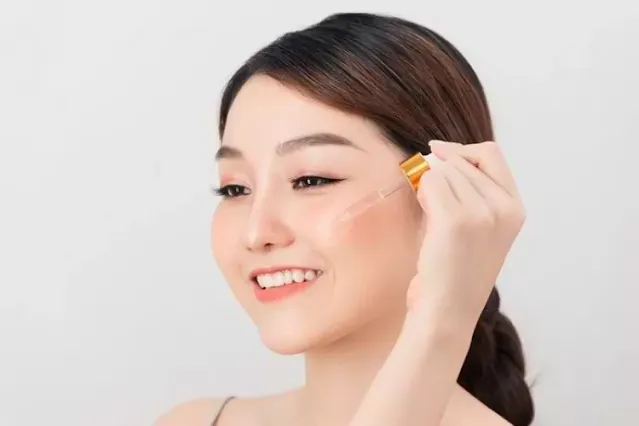How To Treat Zoloft Acne
How to Manage Zoloft Acne: Tips and Strategies for Clear Skin
Introduction
Dealing with acne can be frustrating, especially when it seems to be triggered by something beyond your control. If you're taking Zoloft, a commonly prescribed medication for anxiety and depression, you may have noticed that acne is one of its potential side effects. Don't worry; you're not alone, and there are ways to manage Zoloft-induced acne. In this article, we'll explore some strategies and tips to help you maintain clear and healthy skin while on this medication.
Understanding Zoloft and Its Potential Side Effects
Zoloft, also known by its generic name, sertraline, is a selective serotonin reuptake inhibitor (SSRI) that's widely used to treat various mood disorders. While it can be highly effective in managing anxiety and depression, it's essential to be aware of the possible side effects it may have on your skin.
Zoloft and Acne
Acne is a reported side effect of Zoloft for some individuals. It typically appears as small, red pimples, often on the face, chest, and back. If you suspect that your acne is related to your Zoloft medication, it's crucial to consult with your healthcare provider to rule out any other potential causes and to discuss your treatment options.
Tips for Treating Zoloft-Induced Acne:
1. Maintain a Consistent Skincare Routine:
To help manage Zoloft-induced acne, it's essential to establish a consistent skincare routine. Use a gentle cleanser, and avoid harsh, abrasive products that may irritate your skin further. Remember to cleanse your face twice daily, both in the morning and before bedtime.
2. Use Non-Comedogenic Products:
Look for skincare and makeup products labeled as "non-comedogenic." These products are less likely to clog your pores, reducing the risk of acne breakouts.
3. Hydration Is Key:
Staying hydrated is vital for your overall skin health. Drink plenty of water to keep your skin moisturized and help it repair itself more effectively.
4. Sun Protection:
Be sure to use sunscreen with at least SPF 30 when you're out in the sun. Zoloft can make your skin more sensitive to UV radiation, and proper sun protection can prevent further skin issues.
5. Avoid Picking or Squeezing:
Picking or squeezing acne can worsen the condition and lead to scarring. It's best to resist the temptation to touch your face or blemishes.
6. Dietary Considerations:
While there's no direct link between diet and Zoloft-induced acne, maintaining a healthy and balanced diet can contribute to overall skin health. Incorporate fruits, vegetables, and whole grains into your diet to support clear skin.
7. Consult with a Dermatologist:
If your acne persists or worsens while on Zoloft, it's a good idea to consult with a dermatologist. They can provide you with tailored recommendations and may prescribe topical treatments or oral medications if needed.
8. Consider Alternative Medications:
If your acne becomes a severe problem or significantly affects your well-being, consult your healthcare provider about potential alternatives to Zoloft. They can help you explore other medication options that might have fewer skin-related side effects.
Conclusion
While dealing with Zoloft-induced acne can be frustrating, it's essential to remember that you have options for managing it effectively. By maintaining a consistent skincare routine, using non-comedogenic products, staying hydrated, and seeking professional advice when necessary, you can minimize the impact of Zoloft-induced acne and enjoy clear and healthy skin. Remember that you're not alone in this journey, and with the right approach, you can maintain your skin's natural beauty while benefiting from the positive effects of your medication.


Post a Comment for "How To Treat Zoloft Acne"